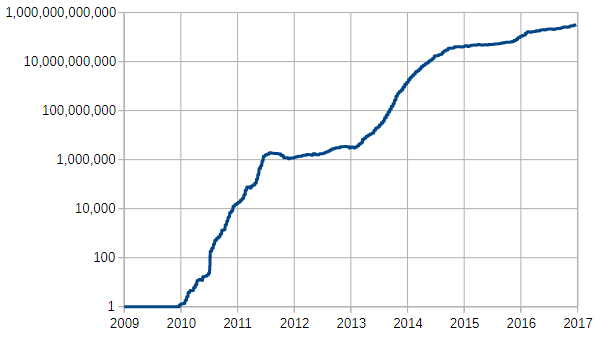Colby Cosh goes well out of his way to rub salt in the wounds of daily commuters, while basking in the glories of working from home:
When Statistics Canada puts its big brains to work on measuring the time devoted to commuting, and the various ways in which people drag their butts to work, I always read the results with the particular interest-fascination-horror of a permanent non-commuter. I am well into my second decade of working full-time, pretty much exclusively, from home. I’m dragged out of the house very occasionally for assignments and broadcast appearances, but most of what I do for a living happens a few feet from my bed.
None of it, I should specify, actually happens in bed (and relatively little of it involves actual writing). As most people who have to physically travel to a job seem to suspect, working remotely gives you a scary, even nauseating freedom to customize your working arrangements. I suppose most of us professional shut-ins find that we have to establish arbitrary rules and mini-disciplines to prevent our lives from becoming totally unstructured and unhealthy. “Bed is for sleep” is one of mine.
All of my conscious writing and research is done strictly at a desk, whether or not I happen to be wearing pants. With that said, as I get older, I do find sleep to be a more important component of my overall work process. Naps can be magical, and the ability to get around a writing difficulty by means of one is something I would immediately miss if I became a miserable corporate prisoner/drone again.
This kind of consideration deepens the psychic divide between commuters and remote workers: we have trouble understanding one another’s worlds even when we have switched between them. Commuters shudder at the thought of an amorphous life with less social contact and minimal formal barriers between work and non-work. Indeed, I think working at home does make one a little dottier (note: this is not necessarily a practical disadvantage for a newspaper columnist). I suspect it may also discourage groupthink. It definitely cuts down on pointless meetings; and whenever I visit a newsroom these days, I instinctively feel unhealthy, like a 19th-century Lake Poet visiting an especially polluted part of London.
I’ve spent more of my time working from home over the last decade than sitting in the office (and therefore also needing to drag my carcass to and from said office), and I really do understand his viewpoint. It’s one of the things I anticipate with no joy at all, as any new job I’m likely to land will probably require a daily commute. On a good day, it’s about an hour’s drive to downtown Toronto, but there aren’t enough good travel days and taking public transit literally doubles that time. Spending four hours per day to get to work and back feels very wasteful, even when I can get in some reading on the way.




